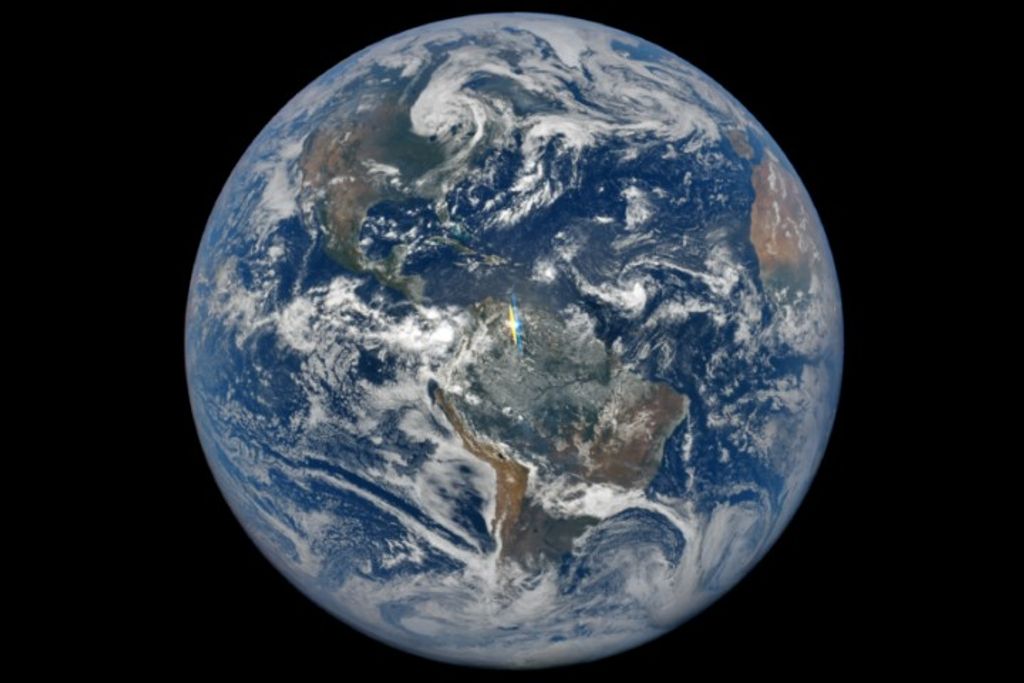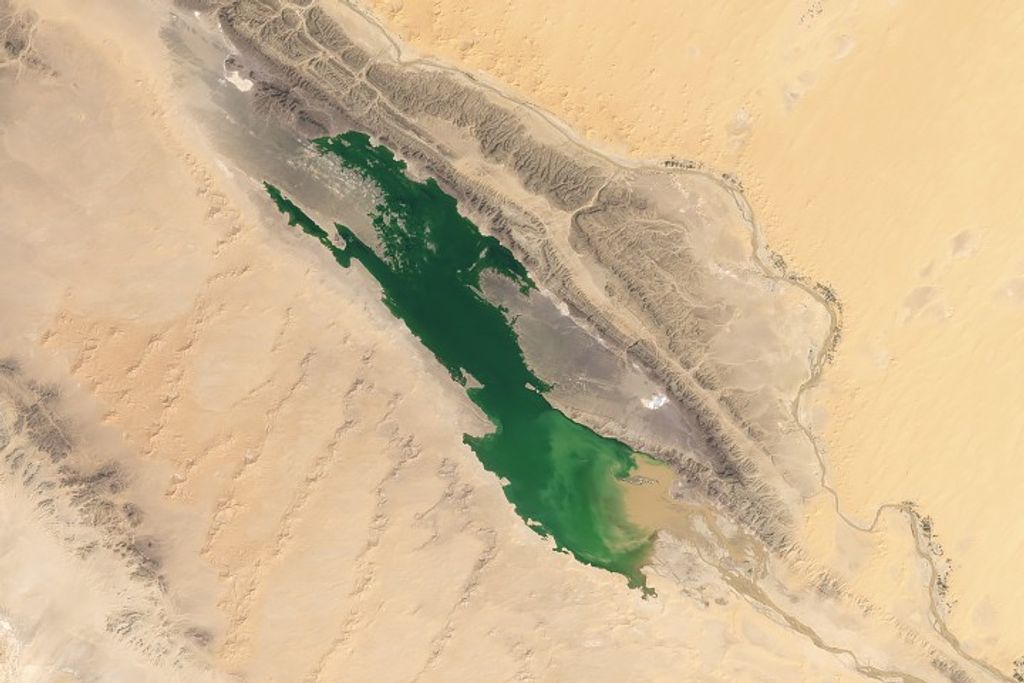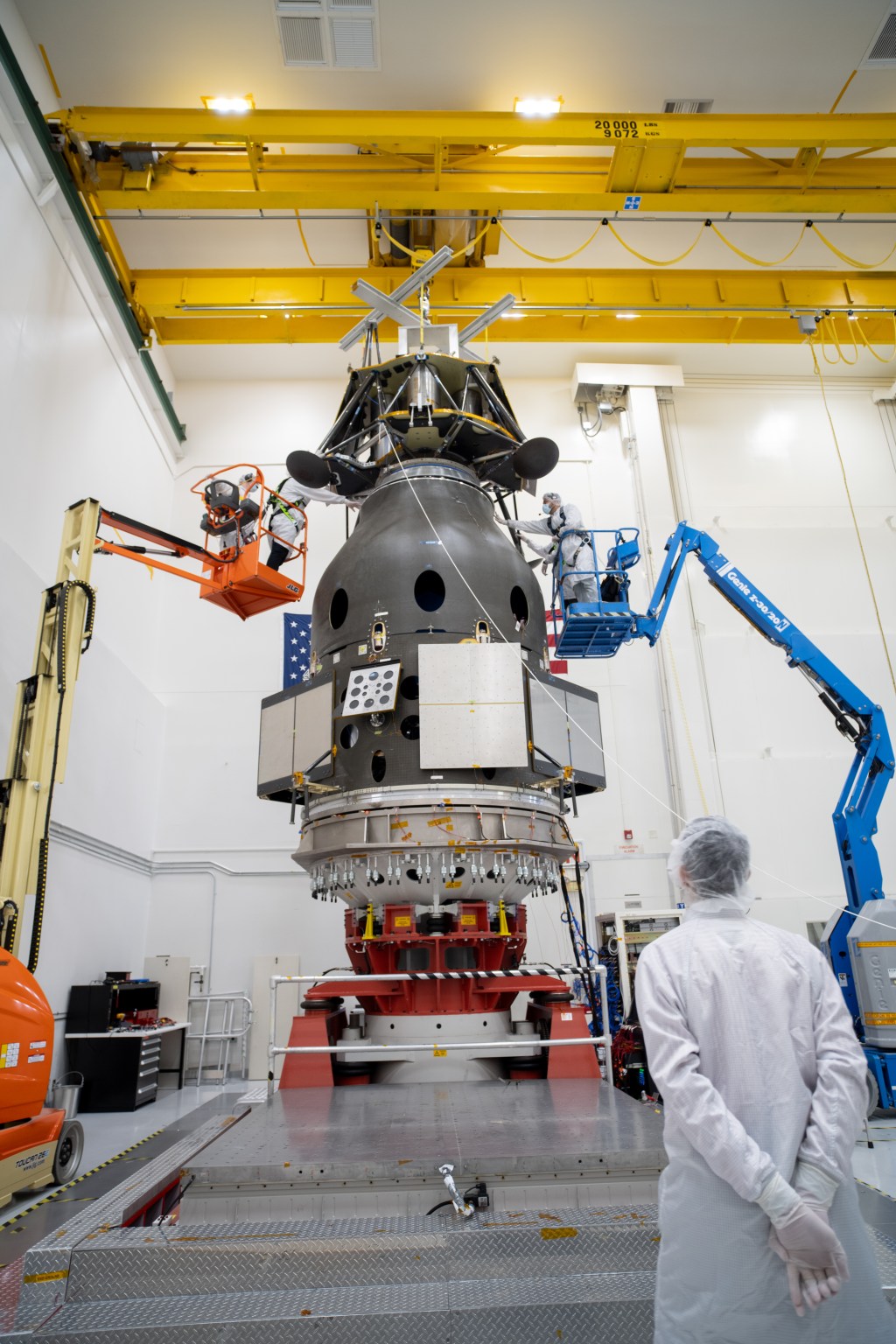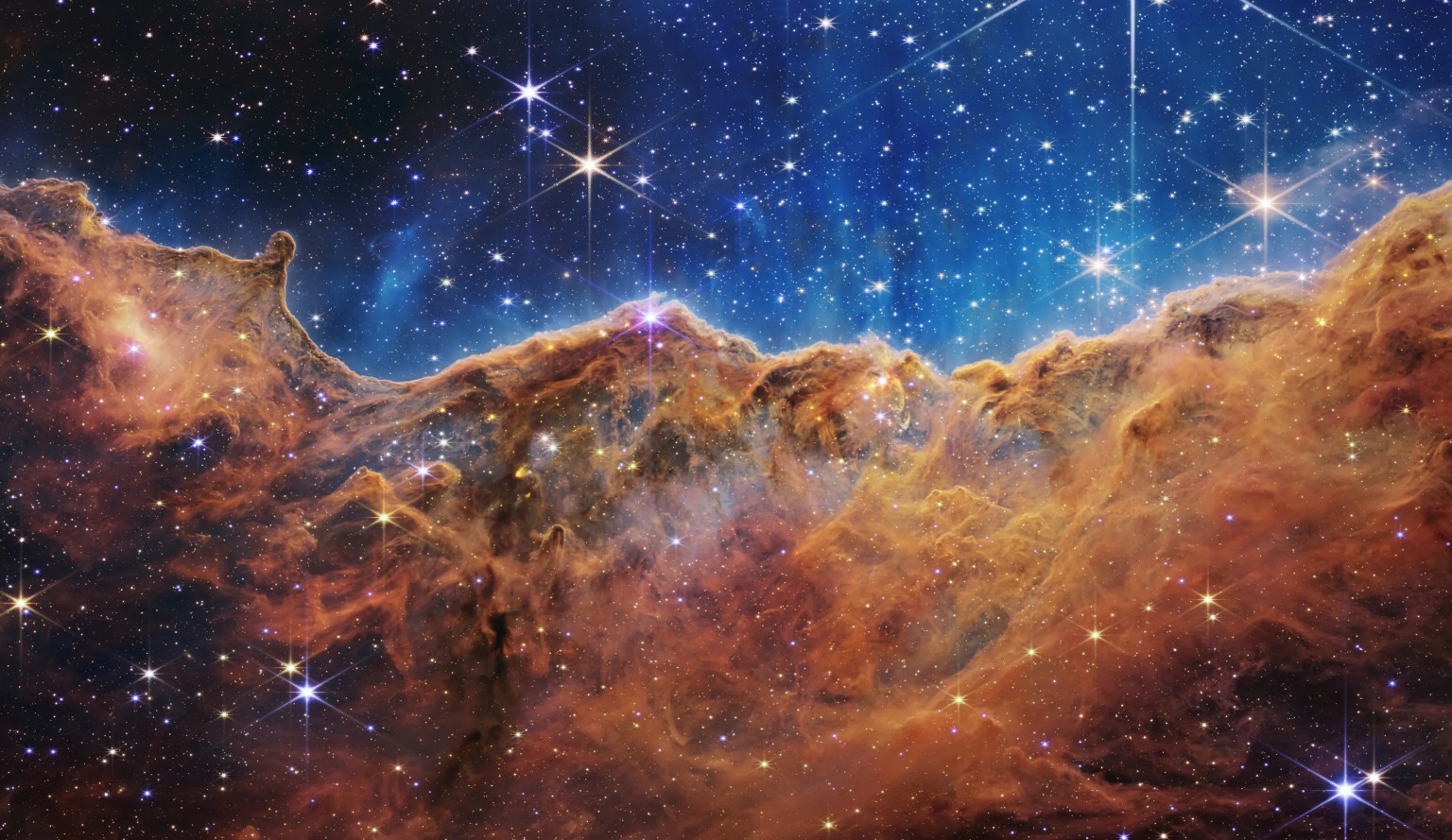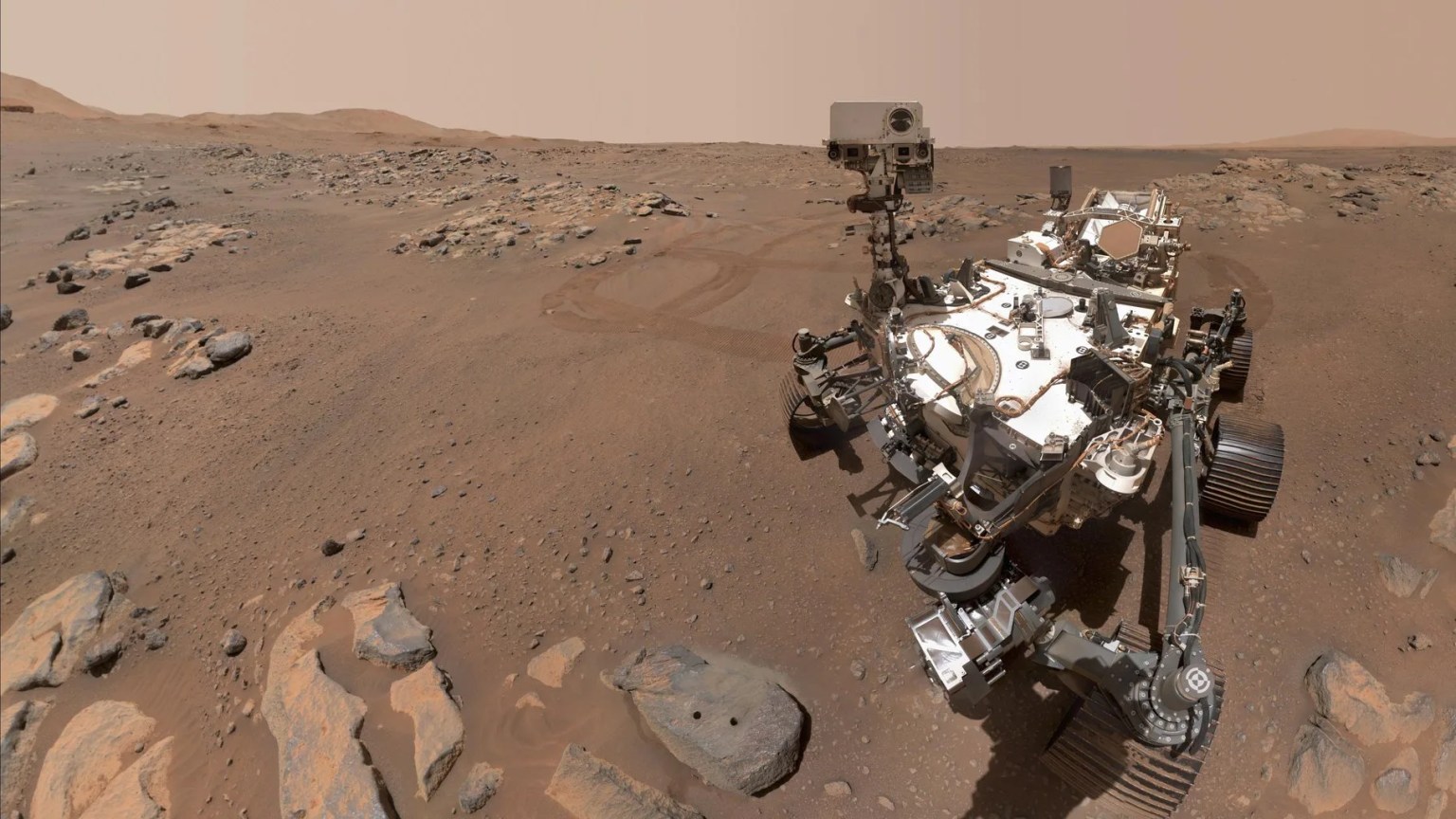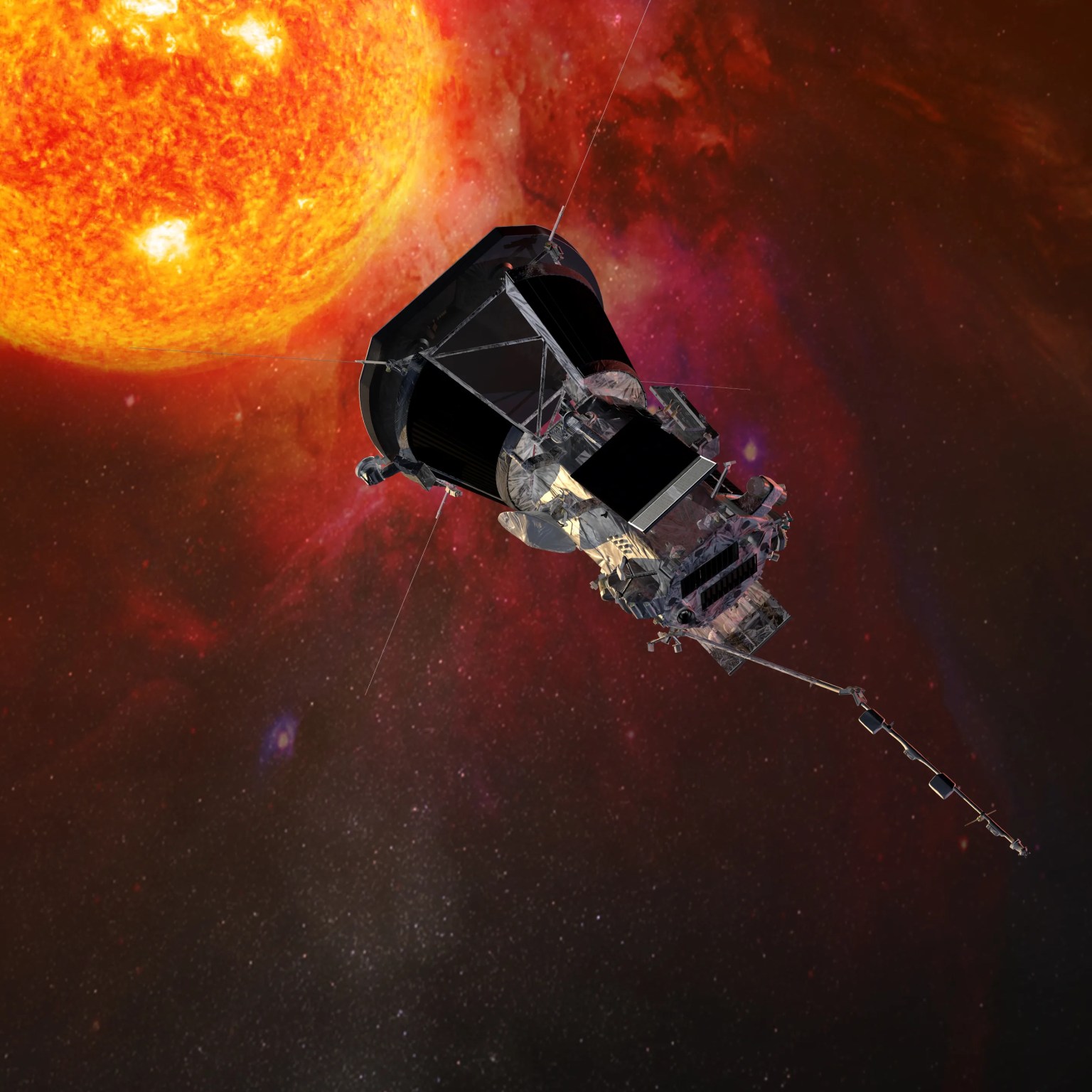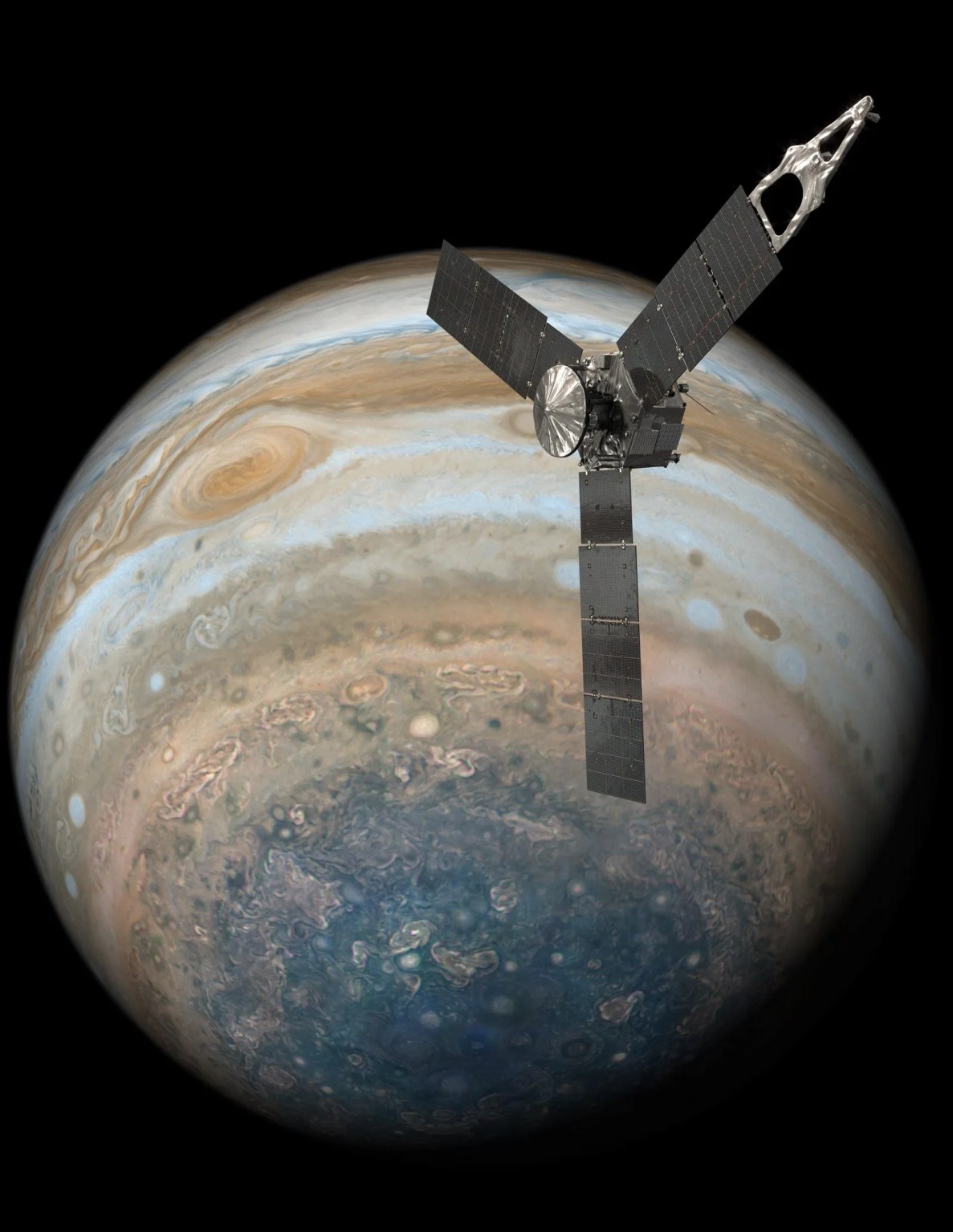MOSAICS
Mentorship and Opportunities in STEM with Academic Institutions for Community Success (MOSAICS) is a cross-divisional research program managed by NASA’s Science Mission Directorate (SMD) that offers competitively selected funding to faculty, students and NASA researchers in areas relevant to NASA’s science mission directorate. Over the course of a two-year period, the funding is expected to provide the foundation for a future research proposal to other SMD funding programs, while supporting faculty and students to perform cutting-edge research in SMD-relevant fields in an environment where mentorship is recognized, encouraged, and valued. Eligibility to apply to the MOSAICS Program is based on the level of research intensity and prior NASA SMD funding of the institution of higher education. Proposals from any non-R1 (e.g., not classified as the highest category of research university by the Carnegie Foundation for the Advancement of Higher Education) university or college are eligible if they currently receive less than $5M in SMD grant funds per year averaged over the last 3 years.
Through the MOSAICS Seed Funding (MSF) opportunity, SMD aims to facilitate new and expand ongoing collaborations between students and faculty at less research-intensive institutions and researchers at NASA Centers or Facilities that could be expected to grow into collaborations well-positioned to submit future proposals.
MOSAICS is currently supporting 52 teams across 41 colleges and universities in partnership with 10 NASA centers and facilities. These colleges and universities are located in 23 US states and territories including DC and Puerto Rico and research topics cover all 5 of SMD’s divisions of Astrophysics, Biological and Physical Science, Earth Science, Heliophysics, and Planetary Sciences, as well as technology development and engineering projects.
NASA anticipates a lower level of funding in the coming year, and it is SMD policy to support existing commitments within a given research portfolio before any new selections are made. For the MOSAICS program, that means honoring our commitment to the 52 existing MOSAICS teams selected from 2023 through early 2025. Consequently, MOSAICS will not select additional proposals submitted to ROSES-2024 for funding, and will not solicit new proposals in ROSES-2025.
Please see our Latest Updates page for news and updates. If you have any questions, please contact Padi Boyd (patricia.t.boyd@nasa.gov) and Steven Villanueva Jr. (steven.villanueva@nasa.gov).








